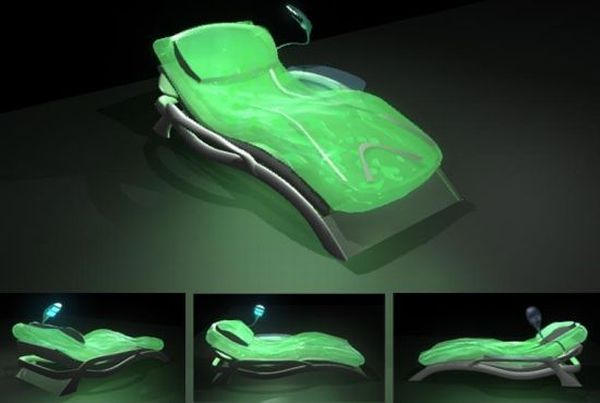Home heating is one of the leading causes of energy expenditure
in the colder regions of the world. However, students at the Waseda University
in Japan have now come up with a unique new way to heat homes without using
grid power. And this method involves using compost! Yes, you read that right,
this new home heating prototype actually involves compost that is generated as
result of the natural course of things at a dairy farm.

Student Erika Mikami, Keisuke Tsukada and Masaki Ogasawara
built the home in Hokkaido’s Taiki-cho, a coastal town known for its dairy
farms. Dubbed “A Recipe to Live”, the project utilizes a lot of local straw and
uses agricultural fermentation to keep the innovative straw house toasty.
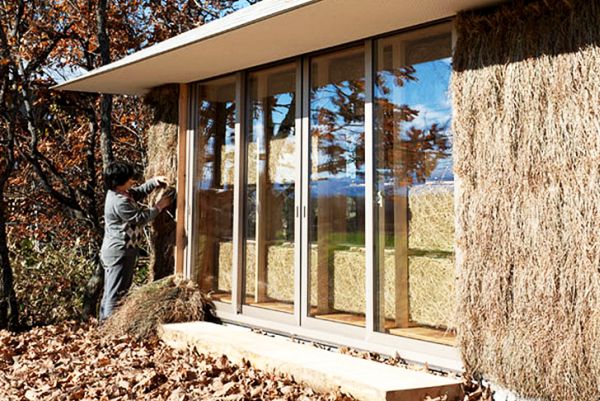
The students used the “bokashi” method which is a Japanese
composting technique that is distinctly low odor than other variants.
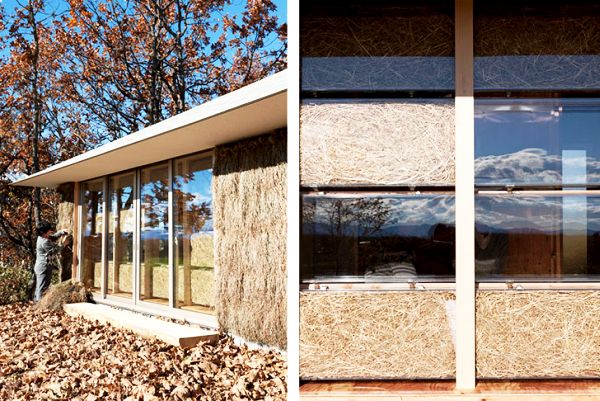
Acrylic
cases placed within the house are used to compost dry straw during the colder
months and the resulting microbial fermentation is able to produce around 30
degree Celsius of heat for as long as four weeks.
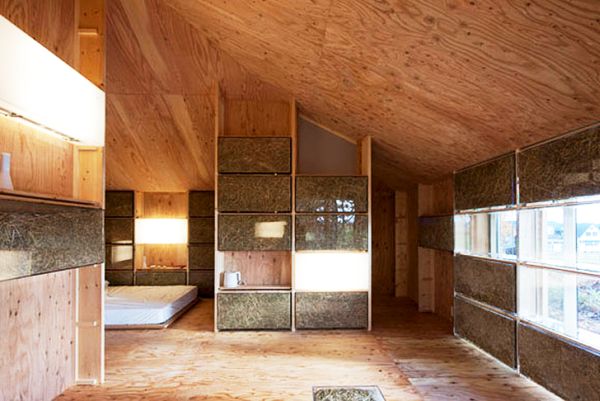
Transparent window shelves are used to dry the straw inside natural
shelter during the hot summer months to ensure a steady supply of toasty straw
for the winters. As the straw dries, they also release cool moisture keeping
the home cool while serving as heat shield panels to keep the house from getting
too hot.
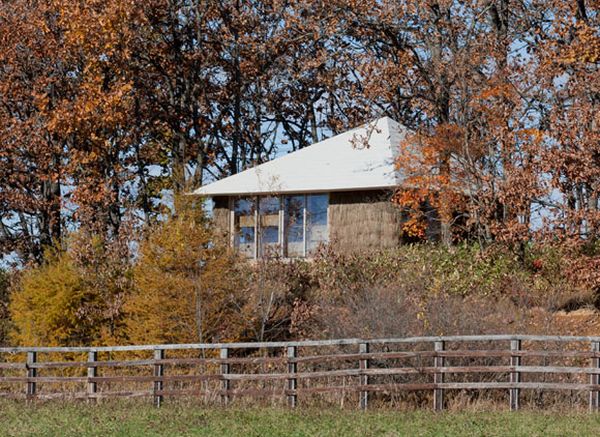
These walls need to be changed a few times through the year to keep the
home fresh and provide a steady supply of straw for the winter.

This system of
heating and cooling is totally natural and requires zero energy! The project
was the winner of the 2011 edition of the Architectural Competition organized
by LIXIL International University.


